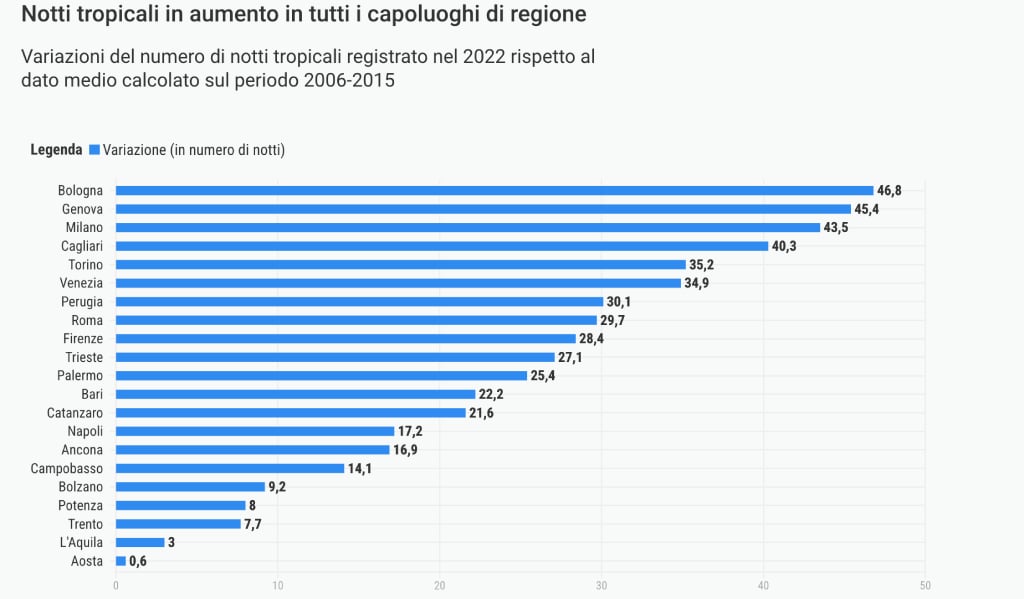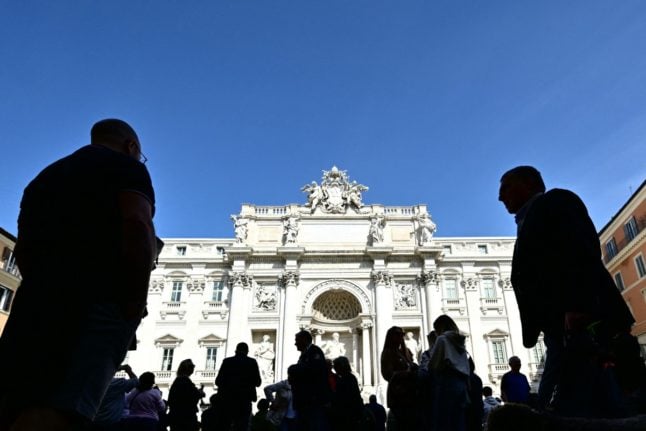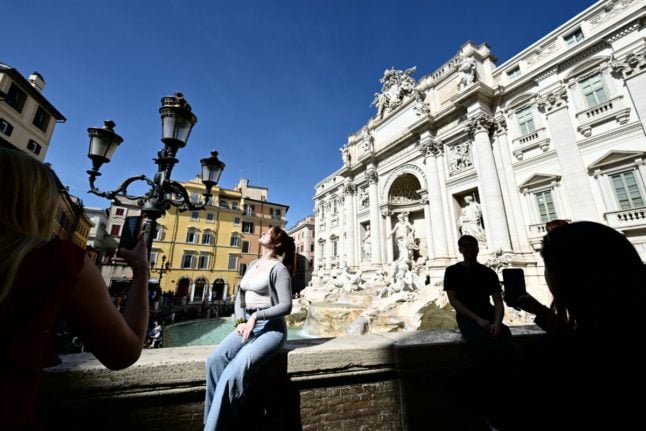Inside Italy is our weekly look at some of the news, talking points and gossip from Italy that you might not have heard about. It’s published each Saturday and members can receive it directly to their inbox, by going to their newsletter preferences or adding their email to the sign-up box in this article.
The ugly side of tourism
With the summer travel season in full swing in Italy, international visitors engaging in far-from-responsible behaviour have been making the headlines again in recent days.
A 37-year-old British tourist was stopped by Italian police on Wednesday after he was caught carving the initials of his name and that of his daughters into a wall of the House of the Vestals – one of the most famous attractions in the Pompeii archeological park.
Earlier in the week, a 28-year-old Swiss tourist was handed a €550 fine and a temporary city ban after Rome police caught him taking a dip in the Trevi Fountain around 3.00am on Sunday.
Reports of tourists carving their names into ancient walls, stealing pieces of Italy’s monuments, climbing on statues or swimming in public fountains are a regular occurrence every summer.
But their frequency can’t be chalked up to lack of laws or penalties as anyone found guilty of causing damage to a site of cultural or artistic interest faces a fine from €15,000 to €60,000 and a prison sentence of up to five years in the most serious cases.
That said, whether these laws are actually applied and, if so, how consistently, is another question.
Law experts have previously highlighted the issues inherent in identifying and bringing to justice ‘rogue tourists’ as many leave Italy shortly after the incident.
There is also no publicly available record showing how many of those investigated by Italian police for acts of vandalism eventually face charges.
Amid plenty of uncertainty, what seems to be sure is that Italy is far from solving its vandalism problems.
Tropical nights
Extremely hot days have become more frequent in recent years due to the effects of climate change – and so have hot nights.
A report from news outlet OpenPolis, which was conveniently published just days before Italy was set to face the “hottest weekend of the year”, found that the average number of ‘tropical nights’ (nights when the temperature does not drop below 20C) across the country stood at 58 in 2022 – up by 20 compared to the average for the 2006-2015 decade.
But increases were even more alarming in some of Italy’s regional capitals.
The biggest jump was recorded in Bologna, with an increase of nearly 47 nights compared to the 2006-2015 average.

It was followed by Genoa (+45.4), Milan (+43.5), Cagliari (+40.3) and Turin (+35.2).
The single largest increase, however, was recorded in a provincial capital: Oristano (Sardinia), with 65.4 nights.
Tropical nights are not just unpleasant: they can pose a serious risk to human health.
Besides resulting in sleep problems and subsequent fatigue the following day, high nighttime temperatures can contribute to heat-related illnesses (muscle cramps, dehydration, low blood pressure, dizziness, weakness, headaches) as the body is unable to recover from the thermal stress of the day.
A study conducted in Barcelona, Spain, has also highlighted the increased risk of mortality from natural, respiratory, and cardiovascular causes during hot nights with temperatures exceeding 23C.
‘250 years’ of Neapolitan history
Italy’s gaffe-prone Culture Minister Gennaro Sangiuliano has once again been in the news for the wrong reasons this week after a post published on his official Instagram account referred to “two and a half centuries” of Neapolitan history as opposed to two and a half millennia (Naples was created in 475 BC).
The post was taken down within minutes but not before drawing the attention of dozens of social media users, who shared screen grabs online, contributing to the slip-up becoming viral in almost no time.
Sangiuliano, a Naples native, later said on X that his social media manager was to be blamed for the error, adding that he had “accepted his resignation”.
L’errore sul profilo Instagram relativo alla nascita del Comitato nazionale “Neapolis 2500” evidentemente è del mio social media manager.
Per questo ho accettato le sue dimissioni.— Gennaro Sangiuliano (@g_sangiuliano) August 7, 2024
Whether or not he was at fault for the mistake though, the minister and cultural blunders have long been known to go together like tea and biscuits.
In April, Sangiuliano was in the news for a puzzling relocation of Times Square to London at a press conference, while in late June he claimed that Christopher Columbus “wanted to reach the Indies by circling the planet based on the theories of Galileo Galilei” – the great Italian scientist who was born nearly 60 years after the Genoese explorer died.
But Sangiuliano has recently hit back at critics, announcing that he is writing a book titled The Gaffes of Others – an anthology of blunders made by opposition politicians and journalists over the years.
Piero de Luca, an MP with centre-left Democratic Party (PD), commented on Sangiuliano’s upcoming authorial debut earlier this week, suggesting that the minister “should concentrate on publishing an encyclopaedia of his own [gaffes]” as that “would be a great editorial success.”
Inside Italy is our weekly look at some of the news and talking points in Italy that you might not have heard about. It’s published each Saturday and members can receive it directly to their inbox, by going to their newsletter preferences or adding their email to the sign-up box in this article.



 Please whitelist us to continue reading.
Please whitelist us to continue reading.
Member comments